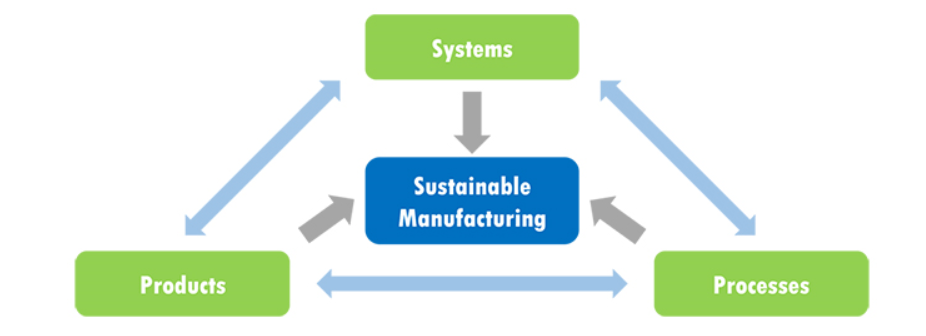Sustainable Textiles are the New Norm
What Does Sustainable Manufacturing Aim To Do?
The main goal of sustainable manufacturing is to develop flourishing communities and eco-systems. This mainly includes:
- Enhancing the value of local products and productions
- Extending the lifecycle of certain materials
- Improving the quality of garments
- Promoting minimal waste
- Reducing overall harm to the environment as a result of consumption and production
With these specific goals in mind, companies producing sustainable textiles aim to educate the common mass to practice eco-friendly consumption. To start with, sustainability in the textile industry has gone way beyond just organic materials and efficient processes of manufacturing.

Why Is Sustainable Manufacturing Important?
Textile companies have consumed a large sum of water and energy, which are also polluted with various harmful chemicals and substances. On top of that, it discharges a large amount of toxic waste, further polluting natural bodies of water. Sustainable manufacturing came as a saving grace, helping control these harmful effects on the eco-system.
What Measures Does Sustainable Manufacturing Include?
Sustainable textiles use newer and improved methods of manufacturing, which not only utilises natural resources but keeps from hampering the environment adversely. This not only allows sustaining the textile industries but the eco-system as well.
At every step of the production process, the textile industry has to check sustainability. Further mentioned below are some of the guidelines a sustainable textile manufacturing company has to follow:
- Usage of only natural resources of energy and water in production processes
- Utilization of raw materials that are sustainable and in abundance
- Proper handling of the chemicals involved in processes like coating and dyeing
- No harm to animals, especially in the procurement of silk, fur, wool, and so on
- Proper treatment and disposal of waste material
- Abidance towards guidelines that help eliminate health threats of both workers and consumers
In Conclusion
To sum it up, sustainable textiles manufacturing is a wiser and more efficient way of producing textiles. This way, not only is there less pollution but also lesser exploitation of natural resources. The majority of companies have already adapted to this method, and more are on the way.